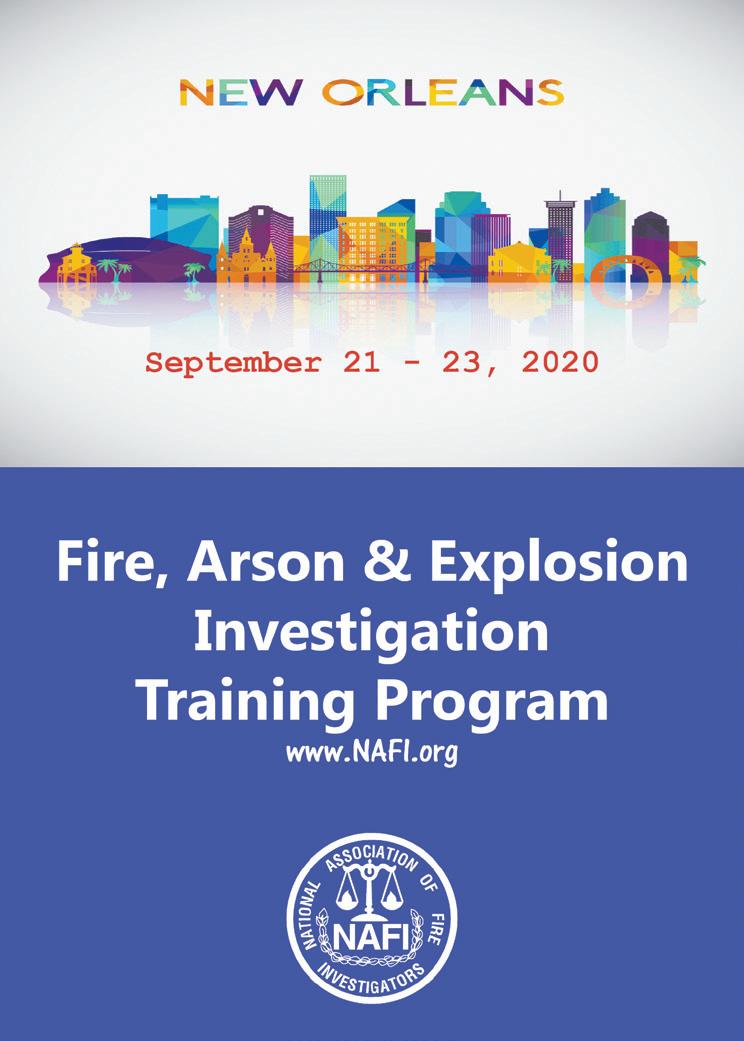Hazmat 2020
SIXTY ONE DELTA ONE
Risk-Based Decontamination:
No, That’s Not a Typographical Error All hazardous materials response personnel trained to the technician level and above should be well versed in the Glenn Clapp concept of riskCHMM, CFPS based response, as it is a concept that has been prevalent in use in the hazmat response world and in our training curricula for many years now. In risk-based response, we tailor our response and the level of chemical protective clothing that personnel entering the hot zone wear to the level of risk presented. By utilizing the concept properly, we can protect our personnel in an appropriate manner from the hazards present while not overtaxing those same personnel with an inordinately elevated level of protection that is in excess of that needed for the situation at hand. While risk-based response is often a topic of hazmat response discussions, we rarely have discussions on a topic that is closely aligned — that of riskbased decontamination. If we can implement our overall hazardous materials responses in such a manner commensurate with the risks presented, why not perform decontamination in a similar manner? As emergency responders, we train regularly in the techniques of decontamination — often shortened to “decon”. We also try to dispel the myth that decon is the elimination of all contamination. While the removal of all contamination from personnel and equipment at incident scenes is the ideal goal, decon is more properly thought of as contamination reduction since we are actually trying to reduce the level of contamination to an amount that is deemed acceptable. In general, our technical decontamination process for emergency responders has been fairly static in nature — with a few exceptions such as water reactive materials — since the advent of hazmat response, consisting of the use of an appropriate decon solution (such as detergent) and the use of copious amounts of water and scrubbing with soft-bristled brushes. Although the exact layout of decontamination areas normally differs slightly by agency, the overall concept is usually the same. The main drawbacks of our traditional decon setups and techniques are that a large amount of possibly contaminated runoff is produced and the fact that we are dependent on available water sources (whether traditional water sources or tank water from our fire apparatus), which often results in positioning the decon line at a position further away from the hot zone than what safety would normally dictate.
Carolina Fire Rescue EMS Journal
As was stated earlier in our discussion, what prevents us from applying the methodologies of risk-based response to our decontamination activities? The answer is absolutely nothing — or some might also say the oftenheard and often-maligned theory of “we’ve always done it this way.” The decontamination process that
we utilize should not be a “one size fits all” approach to all incident situations, but rather a series of approaches that we can pick from as incident conditions allow. Let us next look at the opposite end of the spectrum from the use of traditional water-based decon that is often used in laboratory settings or other similar environments in which spills of small
www.carolinafirejournal.com
quantities of chemicals are cleaned up while using personal protective equipment (PPE). In those instances, a “dry decon” is often used. A dry decon consists of the systematic removal of PPE while standing in a large plastic bag or other similar means of containment so that the wearer then steps out see DECONTAMINATIONon page 53
Summer • 2020 39























